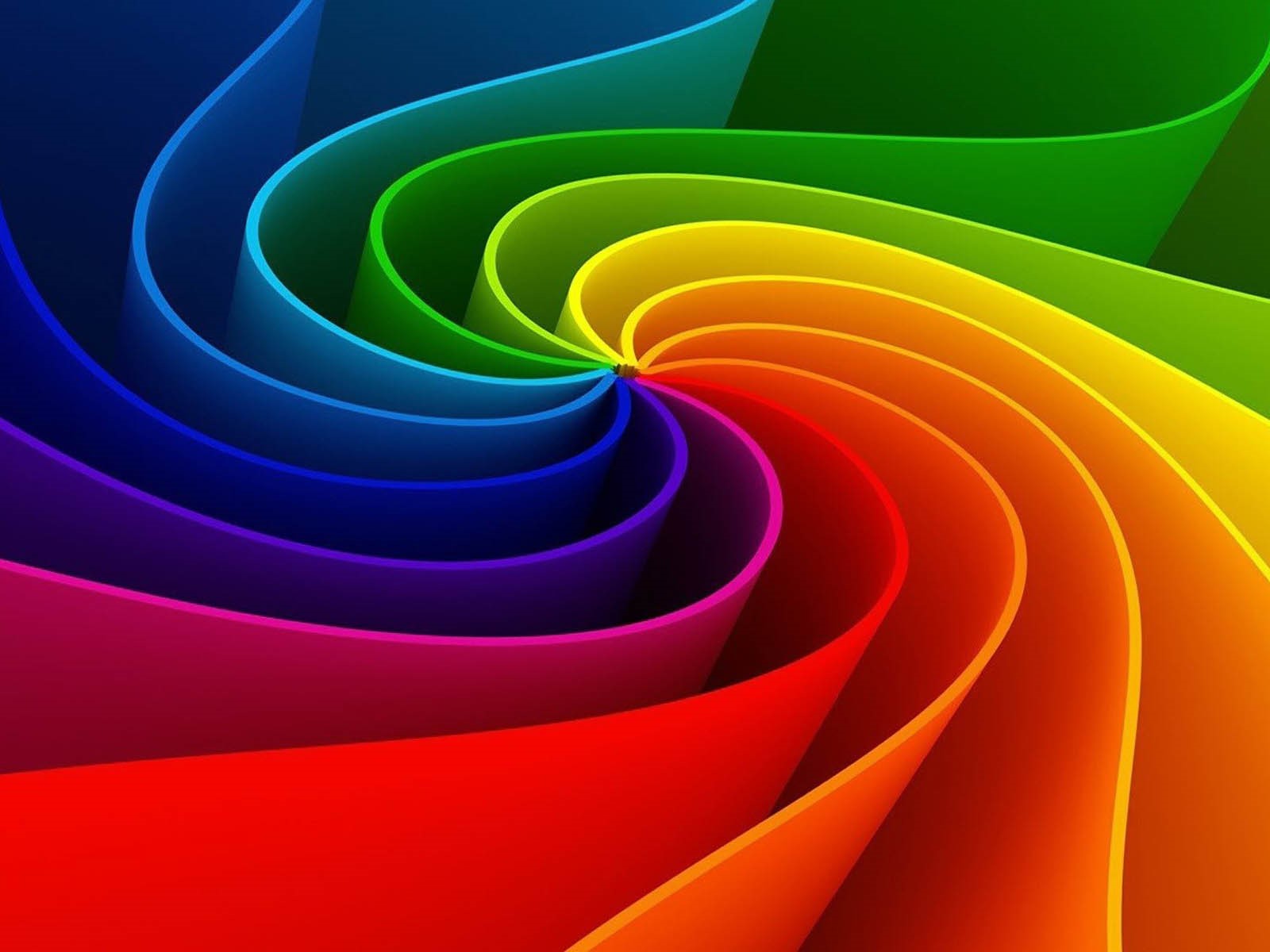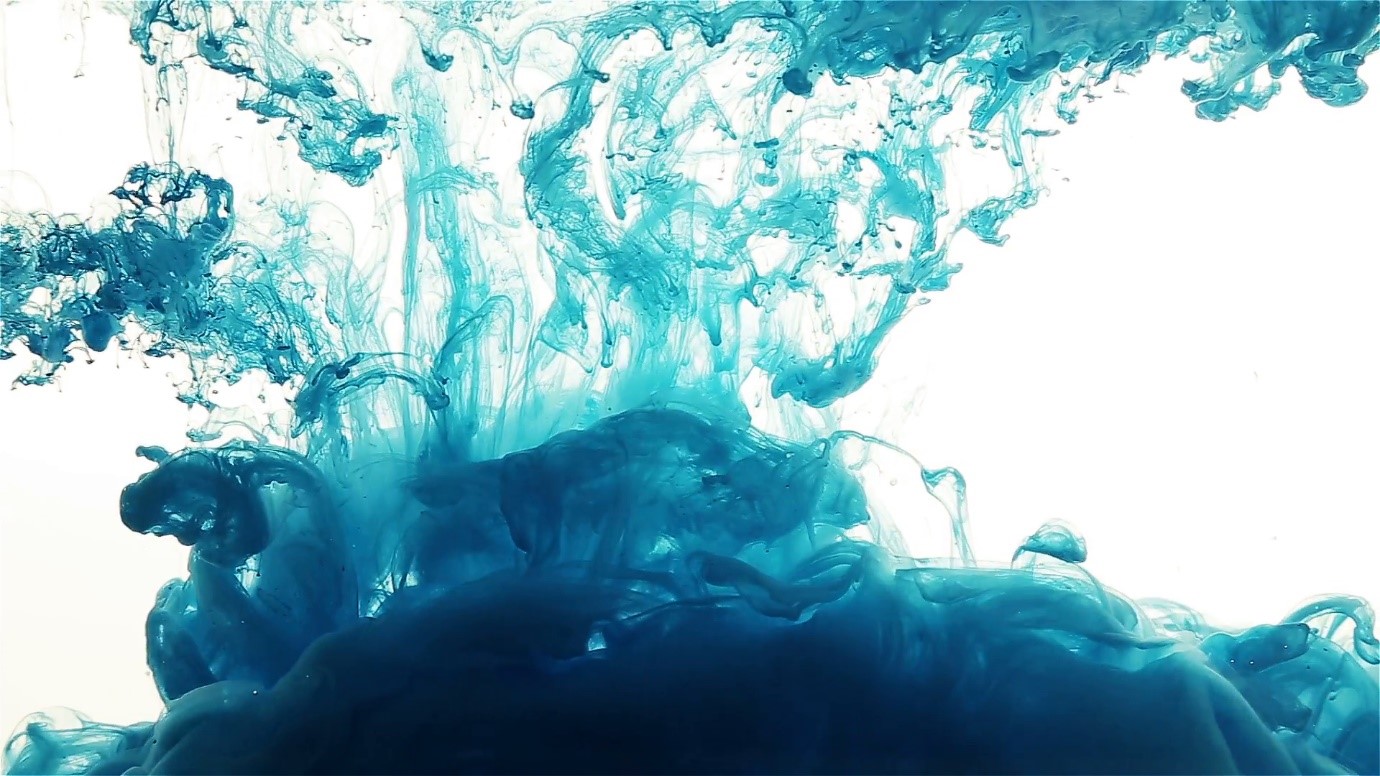If you have trouble determining what colours look good when you create your content, this post will benefit you. Once you practice enough with colour in digital signage, it will become like a habit.
There are two types of light that you handle every day: Additives and Subtractives. If you’re viewing this on a computer screen, you are looking at additive light. If you print this and read it on paper, you are dealing with subtractive light.
Additional lights are projected lights, and consist of the primary colours Red, Green, and Blue. That is why when you are really close to your television, you see red, green, and blue pixels, or light spots. The computer screen produces the light which is then received by your eyes. Digital signage is additional light. For more information about Digital Signage for your business, visit https://moodmedia.co.uk/sight-solutions/digital-signage/

Subtractive light is a light that is reflected and consists of primary colours Red, Blue and Yellow. You might remember studying primary colours in school art classes. Technically, if you wear a green shirt, and the shirt looks green to you, that’s because green is the only colour of light reflected from your shirt and into your eyes.
Although the digital signage screen might make your colours from red, blue and green pixels scientifically-speaking, it’s simpler to think of your colours in three different parts: Hue, Saturation, and Luminance.
Hue is what you might already know as “colour.” Red, orange, yellow, green, blue and purple are all hues.
Saturation is how “strong” the colour is. To further explain, imagine grass outside your home in summer. The grass is very strong, bright green. When summer fades, and autumn comes, green loses a little colour. Finally, when winter comes, grass will generally lose most of the green colour and this is the process of saturation. Imagine a further example – you have a pot of white paint and some blue dye. The paint starts as white, but for every drop of dye you add, the paint will be bluer, or more saturated.

Luminance is how much white or black is mixed with your colour. You might already call colours light and dark; this is the lighting. Some colours have more common or widely used names. Blue, for example, turns into “baby blue” as the lighting increases. When the orange lighting decreases, it turns brown.
It is often helpful to think of your colour in reference to these distinct parts, and it can better assist you in describing colours to others rather than just saying “red” or “blue.” Fir trees can be low illumination, low saturation green; skies on cloudy days can be high luminance with a low saturation blue; and a lamp on your desk can be high luminance with a high saturation orange, for example.


